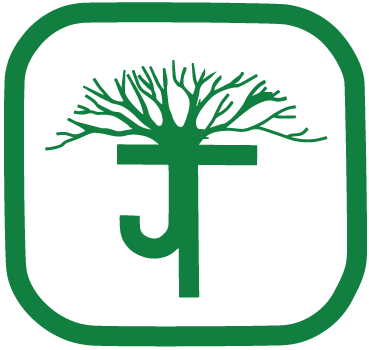In late spring, a lot of the lawn care checklist should have already been taken care of. However, we understand that the COVID-19 situation has maybe put lawns on the back burner. The good news is that it’s not too late to enjoy a lush lawn all summer. What are the priorities of good lawn care service this time of year in Lake Forest, IL? Read on to find out!
Related: Tailoring A Lawn Care Service To Suit Your Needs In Glenview, IL
By late spring, it’s evident where a lawn is thriving and where it’s struggling.
Weeds are vigorous and fast-growing. If pre-emergent herbicide wasn’t applied in early spring to prevent weeds from becoming established, now is the time to apply post-emergent weed killers that will stop them before they drop new seeds. Unfortunately, this may require several applications but you’ll be rewarded with an attractive weed-free lawn!
Any turf grasses that are malnourished because of poor soil conditions and/or lack of fertilizer will start to look stressed as the days get hotter. In spring, there’s still a fair amount of rainfall which will help the lawn grow deep roots that will help it survive the blazing heat of summer - but rain alone isn’t the answer - nutrition is necessary too. This time of the year, you want to apply fertilizer designed to help your lawn better withstand heat and drought conditions that occur in the heat of summer. These are slow-release fertilizers that don’t shock the grass with one “hit” of nutrients but release them continuously for optimal growth and health. If soil testing wasn’t done in early spring, you can also have the soil tested now, amend it, and make adjustments to the type and amounts of fertilizer used to ensure proper pH and nutrient levels.
Mowing the lawn to the correct height is important. Too short, and you expose the soil beneath the blades of grass, which will quickly dehydrate it. This means much more frequent watering and a huge water bill if nature doesn’t cooperate with frequent long, steady rains. In early summer, mow the grass fairly high to encourage moisture retention. Tall grass shades and cools the soil, which helps prevent evaporation and protects grass roots from being sun-baked.
After mowing, leave grass clippings as organic matter that will enrich the soil.
Aeration and dethatching is typically done in early spring to encourage growth; in summer, you may need to aerate compacted lawn areas that see a lot of foot traffic.
While it’s a bit late to overseed bare patches (this should be done in fall or early spring), you can get some results in filling in these areas now, as long as they are carefully watered and monitored for weeds and pests. Always determine the cause for the bare patches (grubs, dog urine, disease, over/underwatering, etc., to avoid repeating the same issue next season.
Watering is best done with a professional irrigation system rather than a hose-attached sprinkler; modern systems automatically adjust how much water a specific area of the lawn gets; the watering frequency; and the duration to avoid over- or under-watering your lawn.
If you had grubs or other pests last season, or if your neighbors had a grub infestation, fight back now; otherwise, grubs will eat their way through grass roots, which will result in dead patches or even a completely dead lawn by late summer.
By early summer, you want to be out enjoying your backyard instead of trying to revive a struggling lawn. But if spring lawn care wasn’t as intensive as you’d hoped, it’s not too late. A professional lawn care service can help rejuvenate it before the “dog days” arrive!
Related: Why A Lawn Care Service Is Essential Right Now In Highland Park, IL


